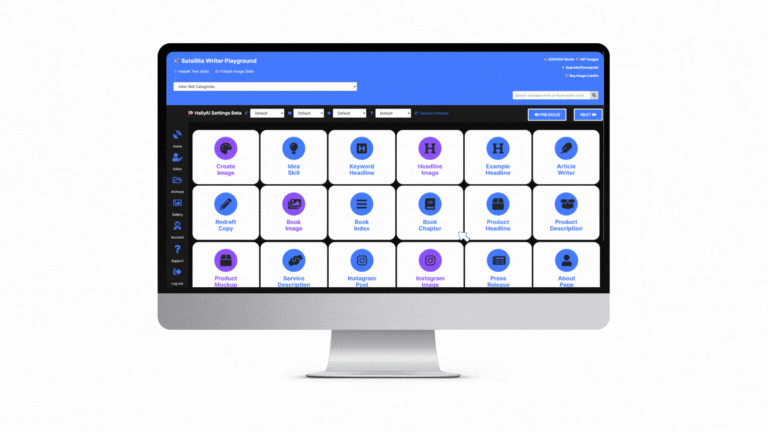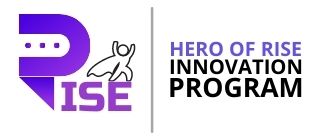How to develop an AI blogging tool?
I’ve been thinking about this question for the past few days, and I think it’s time I share my thoughts.
The short answer is that there are many ways to go about developing an AI-powered blog tool. The long answer is that there are so many variables involved in building such a product that you can’t just slap together some code and call it good.
I don’t even know if it’s possible to build a “good” blog tool with AI. It’s certainly not easy.
Here are the main things that need to be considered:
- What do you want your blog tool to do?
- Do you want it to generate content based on keywords automatically?
- Do you want it to suggest related articles?
- Do you want it to provide answers to common questions?
- Do you want it to help you write better posts?
- Do you want it to tell you what to post next?
- Do you want it to curate other people’s content?
If you’re looking for something simple like a keyword suggestion tool, then maybe you could get away with using AI. But if you want more than that, then you’ll have to start thinking about how to use AI to achieve your goals.
How will you train the AI algorithm?
This is one of the most important factors when it comes to creating an effective blog tool. It would be best if you decided what information you’re going to feed into the AI algorithm.
- What data sources will you use?
- How will you define words and phrases?
- Will you use human input, or will it be completely automated?
These are all critical decisions that you must make before you even begin coding.
Once you’ve answered these questions, you can start writing down your ideas.
- Will you use machine learning algorithms? If so, which ones?
- Will you use deep learning algorithms? If so, which ones?
- Will you use NLP (natural language processing) algorithms?
- If so, which ones?Will you use text mining algorithms? If so, which ones?
- Will you use sentiment analysis algorithms? If so, which ones?
- Will you use topic modeling algorithms? If so, which ones?
- Will you use word embedding algorithms? If so, which ones?
- Will you use graph algorithms? If so, which ones?
- Will you use any other algorithms? If so, which ones?
You see where this is going, right?
There are SO MANY ALGORITHMS out there! And each one has its own set of pros and cons.
- Which algorithms should you choose?
- Which ones are popular?
- Which ones are new?
- Which ones do you already have experience with?
- Which ones do you want to learn more about?
- Which ones do you want to avoid because they’re too complicated?
There are SO MANY QUESTIONS to ask here.
When trying to figure out which algorithms to use, you also need to consider whether you want to use supervised learning or unsupervised learning. Supervised learning means that you’ll need labeled training examples. Unsupervised learning doesn’t require labels.
Supervised learning is much easier to implement but requires more data. Conversely, unsupervised learning is much harder to implement but doesn’t require as much data.
For example, Google’s Word2Vec is a form of unsupervised learning. It uses neural networks to find patterns in large amounts of unlabeled text.
But it’s still a form of supervised learning because it needs labeled training data.
So, how do you decide which algorithms to use?
#ai #artificialintelligence #aiblog #blog
#generativeai #satellitewriter





